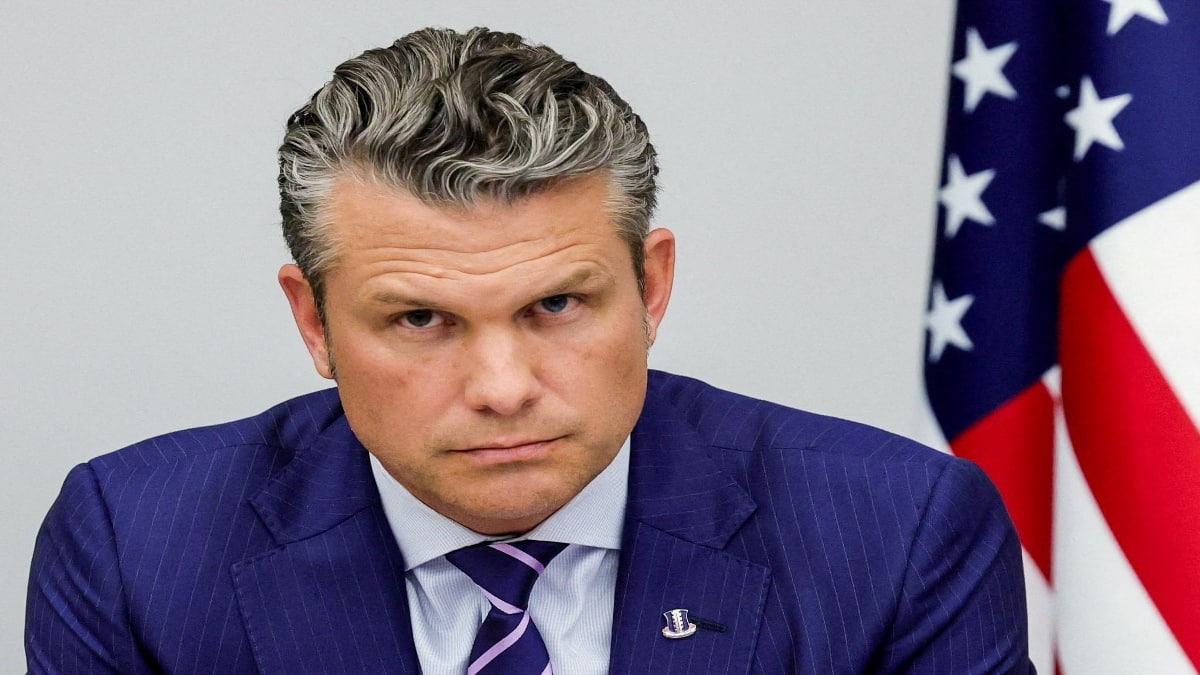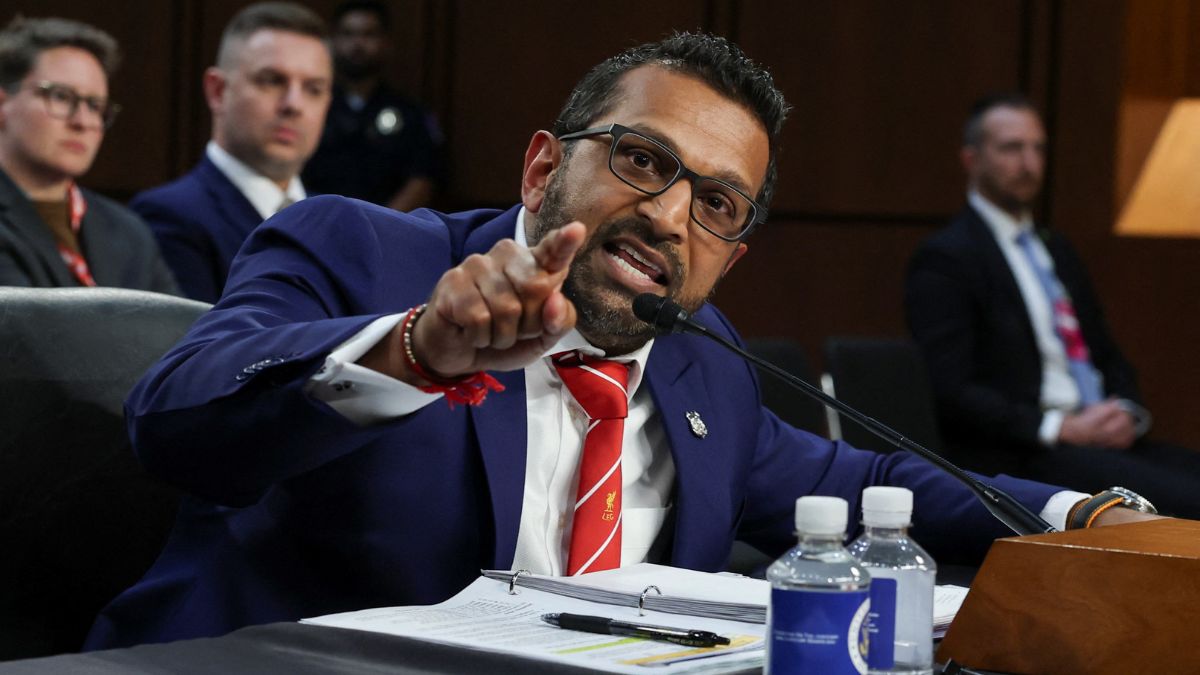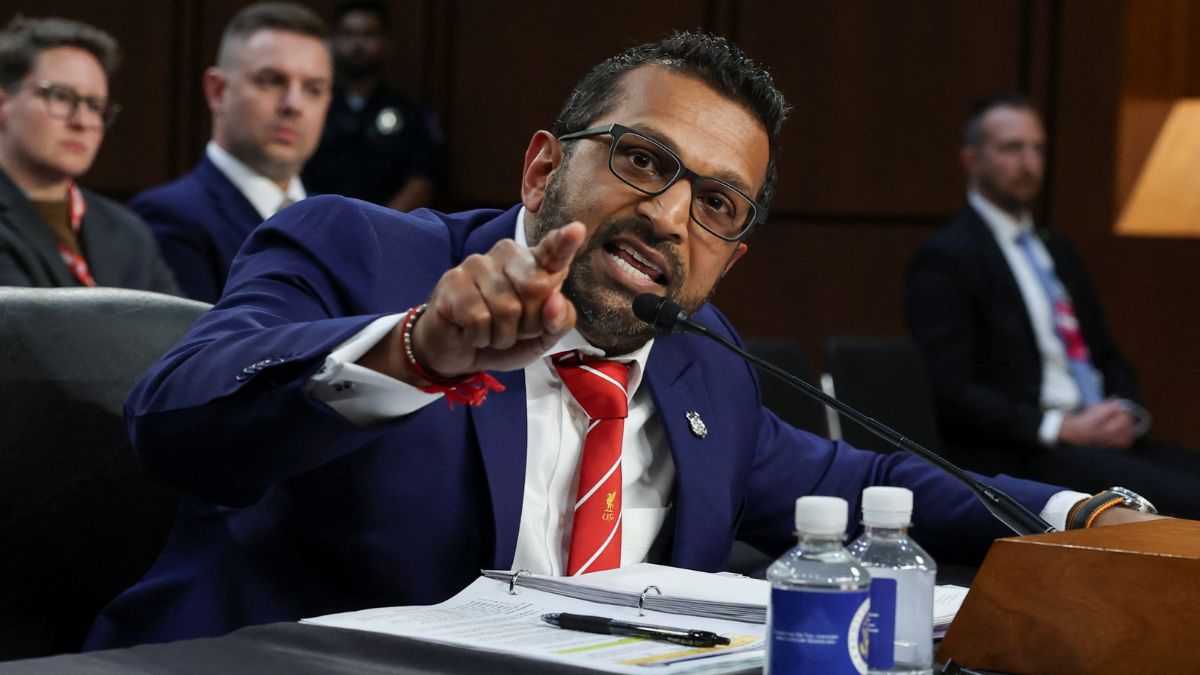In a move to strengthen its security posture, Taiwanese President Lai Ching-te has announced plans to propose a supplementary US$40 billion defence budget. This would be a historic expansion meant to shore up the island’s military readiness amid increasing threats from Beijing.
Writing in an op‑ed for the The Washington Post, Lai said the package represents “a landmark package” that will “not only fund significant new arms acquisitions from the United States, but also vastly enhance Taiwan’s asymmetrical capabilities.” The broader goal, he explained, is to “bolster deterrence by inserting greater costs and uncertainties into Beijing’s decision‑making on the use of force.”
On Wednesday morning, Lai held a news conference as Beijing increased both military and political pressure on the democratically governed island, which it claims as its own.
After unveiling plans for a ‘special’ $40bn (£30.6bn) defence budget, Lai warned that Xi Jinping’s regime is accelerating military preparations to seize Taiwan by force.
Lai said the government will work to counter any attempts at “repression” by China, and achieve a “high level of combat preparedness” by 2027.
The proposed budget boost reflects a steep increase in Taiwan’s defence spending.
Government documents show that next year’s defence budget is expected to reach T$949.5 billion (about US$30.25 billion), raising total military spending to roughly 3.32 percent of GDP, the highest level since 2009.
Quick Reads
View AllLai’s long-term ambition, however, goes even further. In the op-ed, he reiterated a previous target to lift defence spending to 5 percent of GDP by 2030, a level that would place Taiwan among the world’s more heavily armed democracies.
While stressing deterrence, Lai also pledged to keep dialogue with China alive. “While we will continue to pursue opportunities for cross‑strait dialogue, with the understanding that our democracy and freedom remain non‑negotiable,” he wrote, “we remain grounded by more than wishful thinking, as some have suggested.”
Internationally, the move signals Taiwan’s readiness to assert its sovereignty, even as Beijing maintains that the island remains part of China. The defence overhaul includes plans for major US arms imports, asymmetric warfare tools such as mobile missile units, and expanded investments in coast guard, naval, and air defence capabilities.
Analysts say this shift reflects growing concern in Taipei about China’s recent military pressure, including increased air and naval activity near the Taiwan Strait and the surrounding seas. That pressure has forced Taiwan to rethink its defence strategy, which involves balancing deterrence and diplomacy.
If the US$40 billion plan is approved by Taiwan’s legislature, it would be one of the largest singular increases in defence spending in the country’s modern history.


)

)
)
)
)
)
)
)
)



